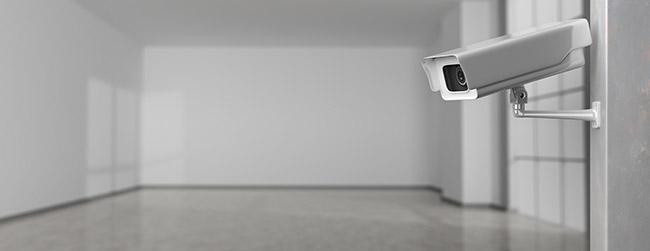Security Systems and Structured Cabling – Part 1
If your company is planning the installation of access control readers and locks, data servers, or surveillance cameras, the project will require structured cabling to support these security system components.
Security hardware is typically connected to a building’s structured cabling, which will be backward and forward compatible for supporting all the necessary network devices. The great majority of security system wiring is low-voltage, requiring the services of licensed electrical contractors for the installation.
The ideal time for installing cabling is during a building’s construction, but a security system can still be installed afterwards. However, forward-thinking companies and their electrical contractors will consider additional cable runs to ease the installation of the security system.
Overview
Modern security systems are mostly IP-based, and are capable of using a facility’s network for transmitting and receiving data to and from a variety of computers and control panels. Such configurations significantly ease installation and management as fewer cables are required compared to what older systems needed.
Existing older systems that were never upgraded typically require a greater number of wires as each cable is dedicated to an individual function. This increases the time needed for installation making the process more complex.
Some buildings have older coaxial cabling, a newer IP system, or a combination of the two. Crucial cables will be shielded with an additional wrapping of metallic insulation. This feature is intended to decrease EMI (electromagnetic interference) from wires and cables nearby. Wires providing power generate a sizeable electromagnetic field, making shielding essential to prevent signal noise.
Surveillance Systems
Utilizing coaxial cable, older surveillance systems transmit the feed from an analog camera to an encoder. Siamese cables have both power and coaxial cables running separately within, decreasing installation time and difficulty.
Nowadays, the majority of CCTV systems utilize PoE (Power over Ethernet), rather than using a power cable. Ethernet cables such as Cat5e, Cat6, and Cat6a are capable of transmitting data and providing power to cameras.
Part 2 will discuss Access Control and Wire Concealment & Protection.
Progressive Office Cabling
Founded in 1986, Progressive Office’s success has been a direct result of years of commitment to seeking cost-effective solutions. Working together, Progressive teams are committed to getting your data cables installed and operating while minimizing disruption and downtime. Call our toll free number (800) 614-4560 today.

